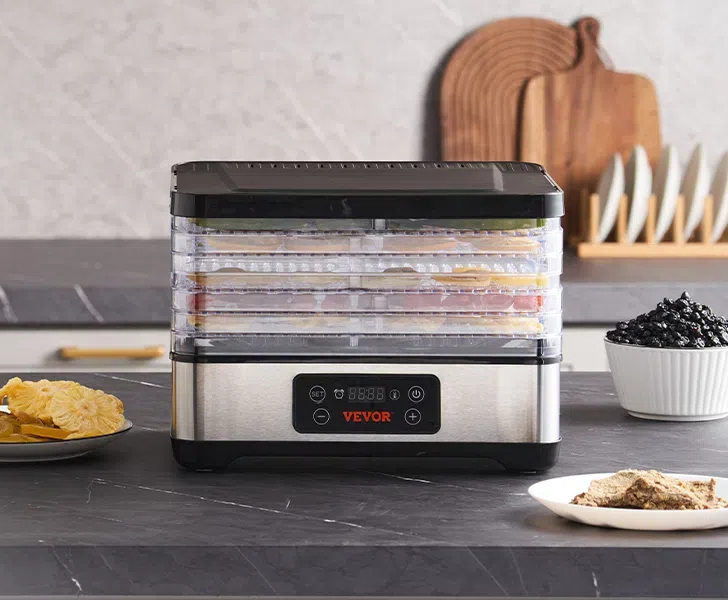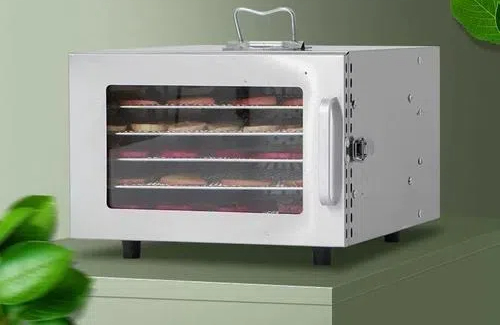
Content Menu
● Understanding Heat Pump Dryers
● Advantages of Heat Pump Dryers
● Can A Heat Pump Dryer Be Stacked?
>> 1. Compatibility
>> 2. Use of Stacking Kits
>> 3. Weight Considerations
>> 4. Installation Process
● Benefits of Stacking Heat Pump Dryers
● Additional Considerations When Stacking
>> 1. Ventilation
>> 2. Accessibility
>> 3. Maintenance
● Common Misconceptions About Heat Pump Dryers
>> 1. They Are Slow
>> 2. They Are Expensive
>> 3. They Require Special Installation
● Conclusion
● Frequently Asked Questions
>> 1. Can any heat pump dryer be stacked?
>> 2. What do I need to stack my heat pump dryer?
>> 3. Is it safe to stack different brands of washers and dryers?
>> 4. How do I install a stacking kit?
>> 5. What are the benefits of using a heat pump dryer?
Heat pump dryers have gained popularity due to their energy efficiency and compact design, making them ideal for modern homes where space is at a premium. This article explores the functionality of heat pump dryers, particularly focusing on the question: Can a heat pump dryer be stacked? We will delve into the benefits, installation methods, and important considerations when stacking these appliances.

Understanding Heat Pump Dryers
Heat pump dryers utilize a closed-loop system to dry clothes efficiently. Unlike traditional dryers that vent hot air outside, heat pump dryers recycle air within the machine, using a heat exchanger to extract moisture from clothes while maintaining lower temperatures. This process not only saves energy but also reduces wear and tear on fabrics.
Advantages of Heat Pump Dryers
1. Energy Efficiency: They consume significantly less energy compared to conventional dryers. By using a heat pump system, these dryers can operate at lower temperatures, which translates into lower electricity bills.
2. Gentle Drying: Lower drying temperatures are kinder to fabrics, reducing shrinkage and damage. This is particularly beneficial for delicate items that require special care.
3. Versatility: Suitable for various fabric types, including delicates and heavy items like towels and bedding.
4. Compact Design: Ideal for small living spaces, such as apartments or laundry closets, where every square foot counts.
Can A Heat Pump Dryer Be Stacked?
Yes, heat pump dryers can be stacked, but there are specific conditions and guidelines to follow. Stacking these appliances helps save floor space and creates a more organized laundry area. Here are some key points to consider:
1. Compatibility
Not all heat pump dryers are designed to be stacked. It is crucial to check the manufacturer's specifications to ensure that your particular model supports stacking. Typically, models that come with a stacking kit or are explicitly labeled as stackable can be safely placed on top of a compatible washing machine.

2. Use of Stacking Kits
Using a stacking kit is highly recommended when stacking a heat pump dryer on top of a washing machine. These kits provide stability and safety by securing the dryer in place. They usually include brackets and screws designed for the specific models involved.
3. Weight Considerations
Heat pump dryers tend to be heavier than traditional vented models. Therefore, ensure that the washing machine can support the additional weight without compromising its stability or performance. Check the weight capacity of your washer before proceeding with stacking.
4. Installation Process
Stacking requires careful installation:
1. Prepare the Space: Ensure adequate space above the washer for the dryer.
2. Install the Kit: Follow the manufacturer’s instructions to install the stacking kit securely.
3. Lift Carefully: It is advisable to have assistance when lifting the dryer onto the washer to avoid injury or damage.
Benefits of Stacking Heat Pump Dryers
Stacking heat pump dryers offers several advantages:
1. Space Saving: Perfect for apartments or small homes where floor space is limited. By utilizing vertical space, you can free up room for other household items.
2. Organized Laundry Area: Keeps appliances neatly arranged and can make laundry chores feel less overwhelming.
3. Ease of Use: Allows for easier access to both machines without bending down, which can be particularly beneficial for individuals with mobility issues.
Additional Considerations When Stacking
While stacking can be advantageous, there are additional factors to consider:
1. Ventilation
Proper ventilation is essential for both washing machines and dryers. Ensure that there is enough airflow around both appliances to prevent overheating and maintain efficiency.
2. Accessibility
Consider how often you will need to access each machine. If you frequently use your dryer more than your washer, it might make sense to stack them accordingly or keep them at an accessible height.
3. Maintenance
Regular maintenance is crucial for both machines. Ensure that you can easily reach both appliances for cleaning lint filters in the dryer and performing regular checks on the washer.
Common Misconceptions About Heat Pump Dryers
There are several misconceptions about heat pump dryers that can lead potential buyers astray:
1. They Are Slow
Many people believe that heat pump dryers take longer to dry clothes compared to traditional models. While they may have longer drying cycles, they often achieve better results without damaging fabrics due to their lower drying temperatures.
2. They Are Expensive
While the upfront cost of heat pump dryers may be higher than traditional models, their energy efficiency leads to significant savings over time. Many users find that their investment pays off in reduced utility bills.
3. They Require Special Installation
Heat pump dryers do not require special plumbing or electrical setups beyond standard outlets and drainage systems, making them relatively easy to install in most homes.
Conclusion
In conclusion, stacking a heat pump dryer is not only feasible but also beneficial in optimizing space in your laundry area. However, it is essential to ensure compatibility between your washer and dryer, use appropriate stacking kits, and follow installation guidelines carefully. By doing so, you can enjoy an efficient and organized laundry setup that enhances your home’s functionality.

Frequently Asked Questions
1. Can any heat pump dryer be stacked?
Not all heat pump dryers are stackable; check manufacturer specifications for compatibility.
2. What do I need to stack my heat pump dryer?
You will need a stacking kit designed for your specific washer and dryer models.
3. Is it safe to stack different brands of washers and dryers?
It is generally safer to stack appliances of the same brand due to compatibility issues; however, some users report success with different brands if they meet weight and size requirements.
4. How do I install a stacking kit?
Follow the manufacturer's instructions carefully; typically, it involves securing brackets onto both machines.
5. What are the benefits of using a heat pump dryer?
Heat pump dryers are energy-efficient, gentle on fabrics, versatile for different loads, and ideal for compact spaces.












